Birds
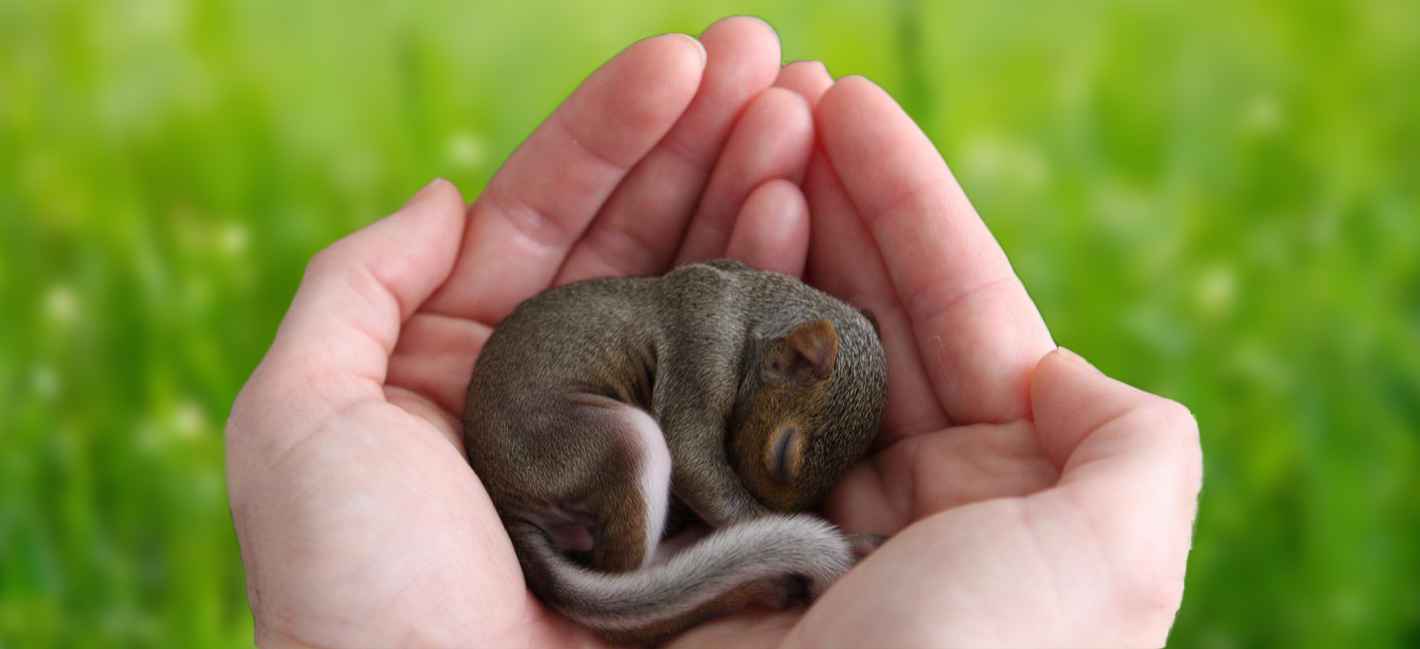
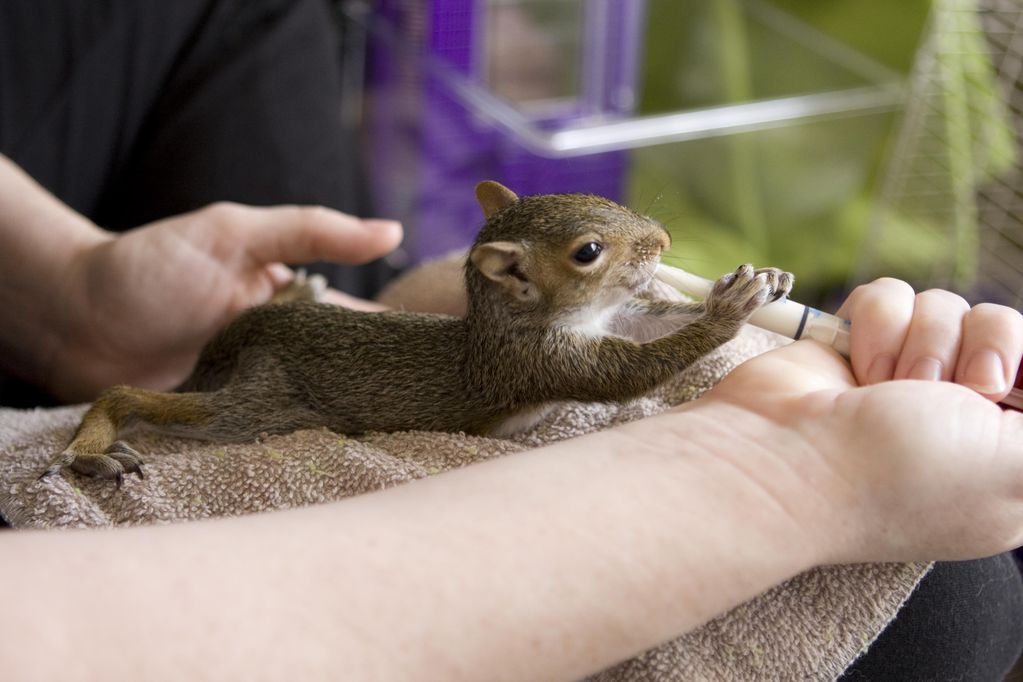
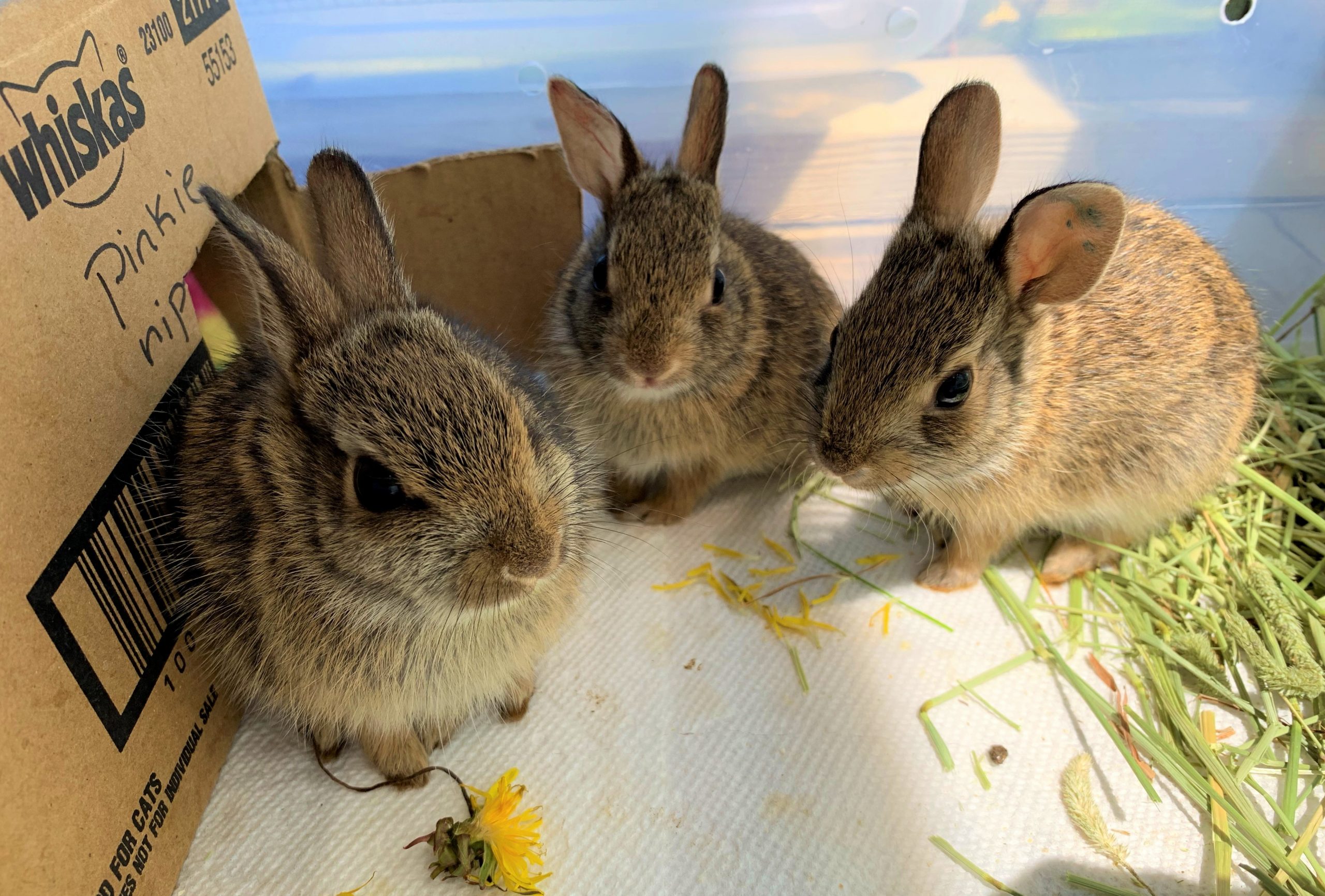
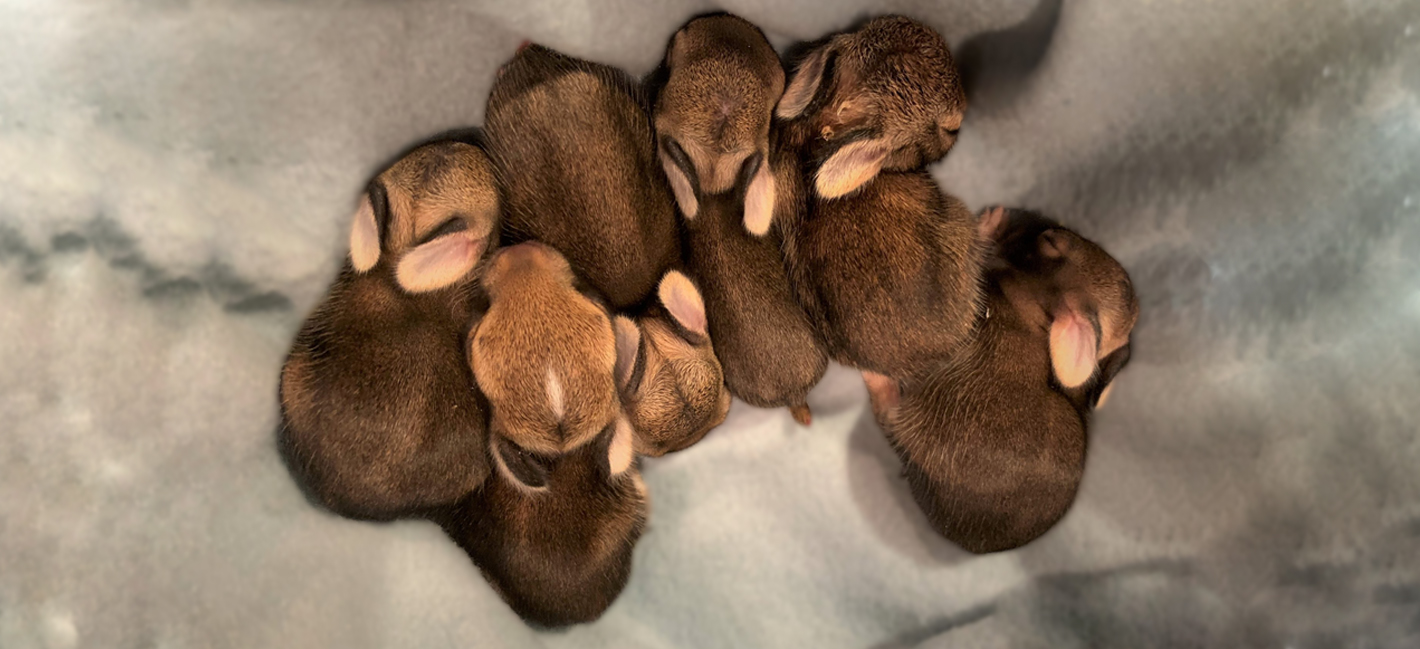
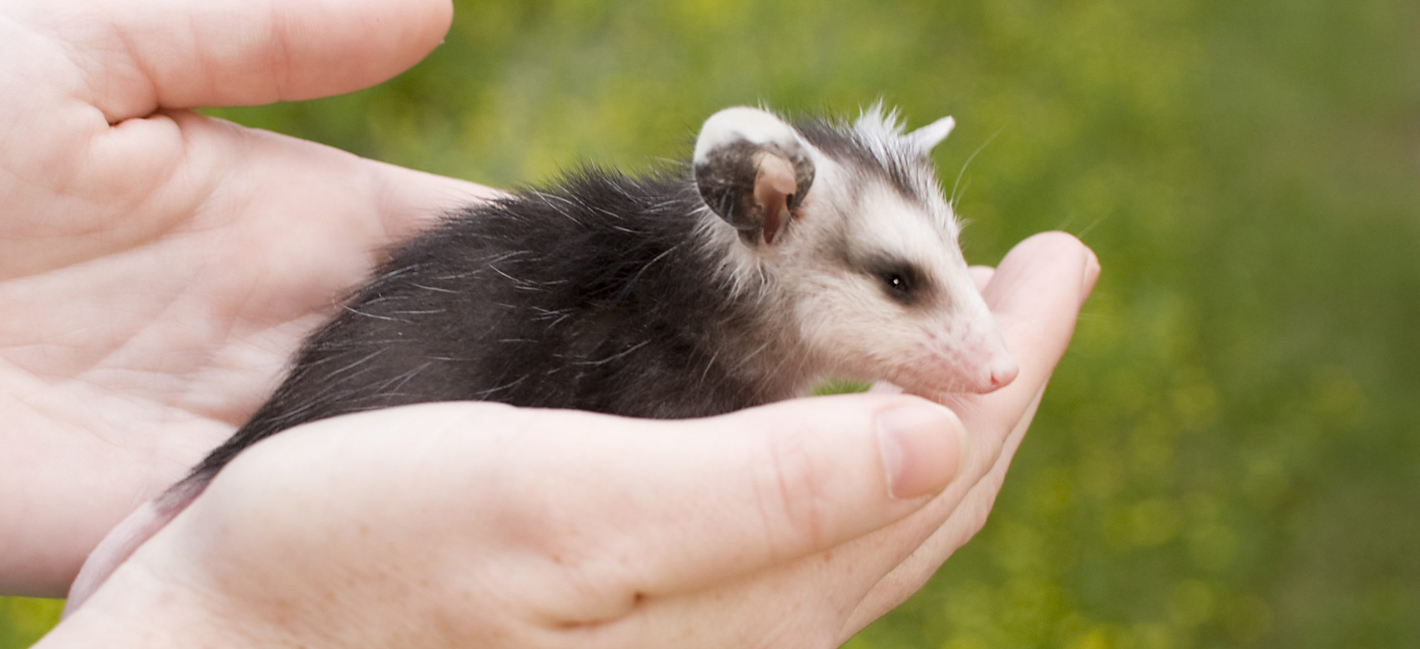

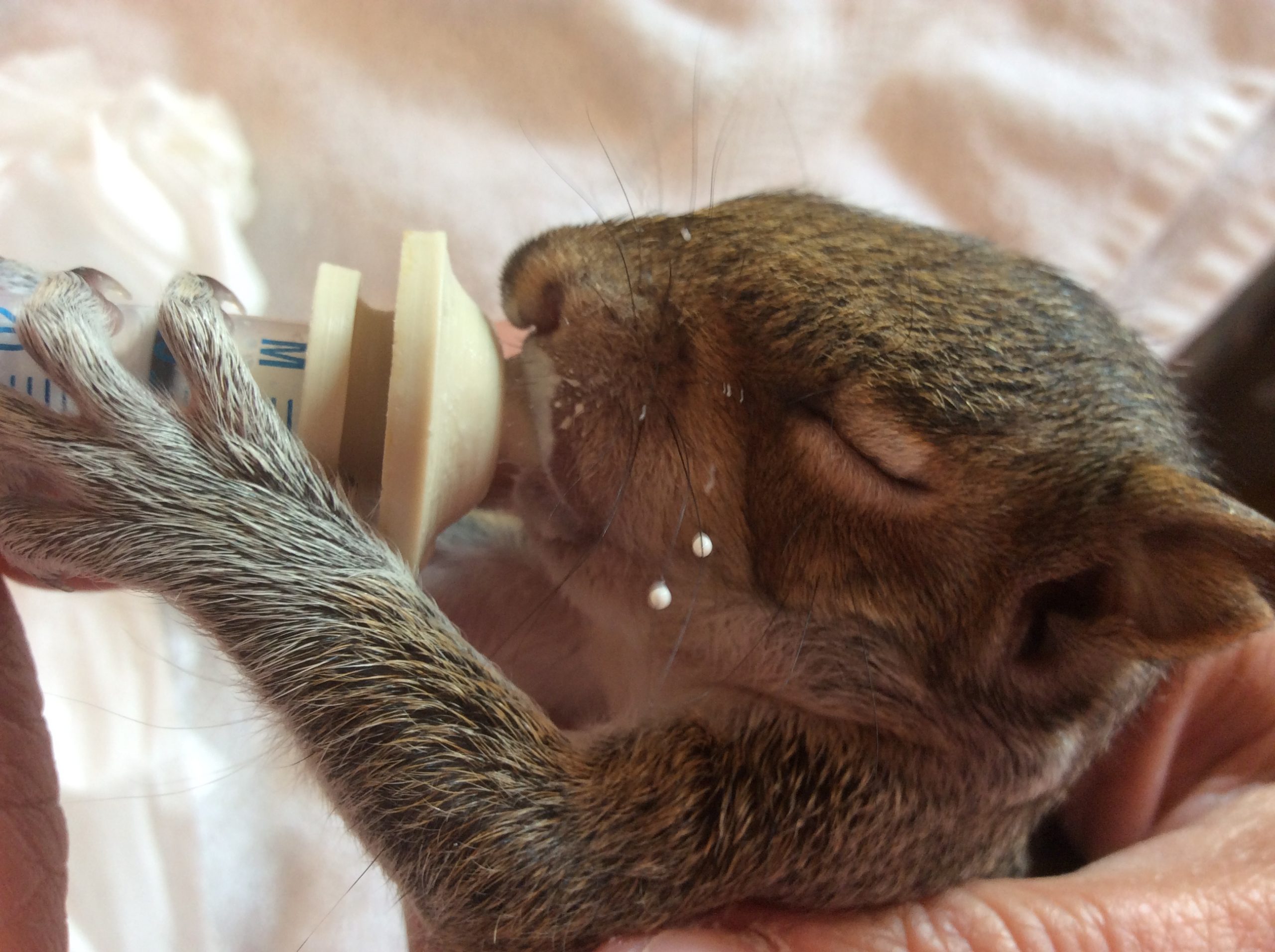
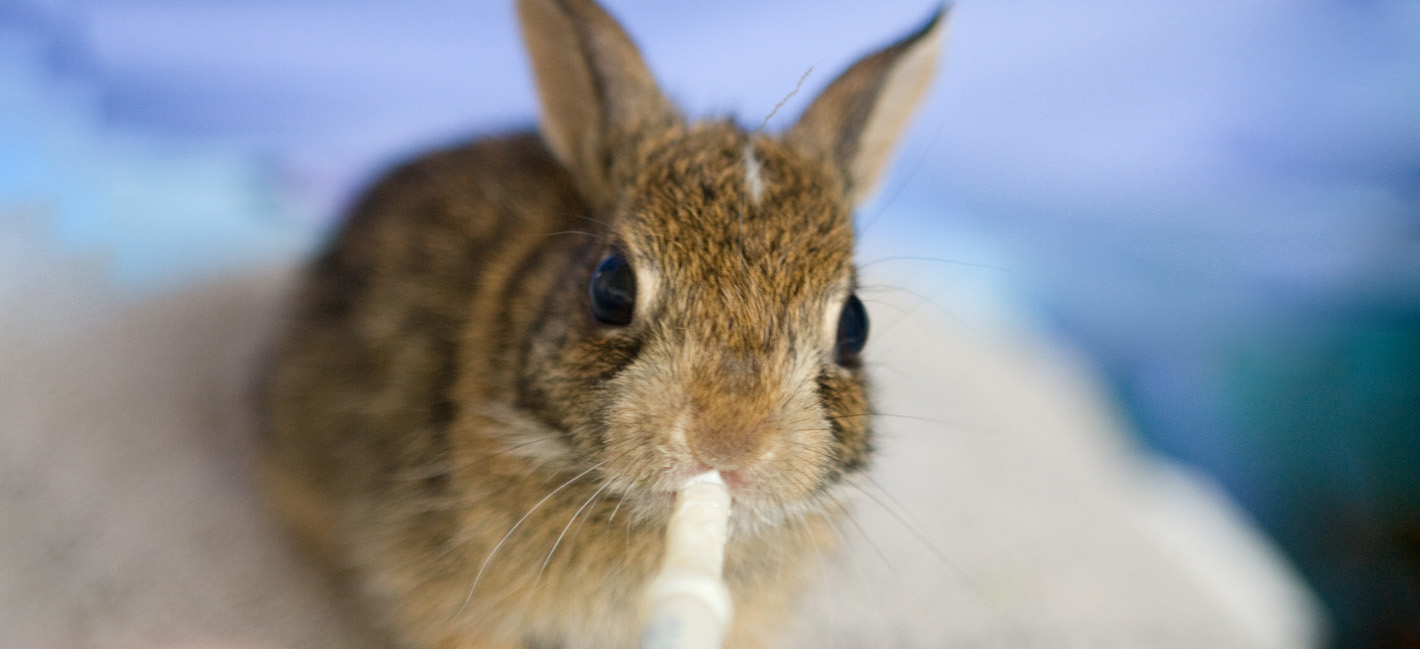

Birds
Care instructions for injured or orphaned birds.
Be sure to also read our basic instructions here.
Don’t be too eager to rescue a fully feathered young bird (fledgling) that can’t quite fly. Fledglings have short tails and are completely feathered with no bald spots. They can hop but not fly well. When the fledgling first leaves the nest they may still be on the ground with mom and dad feeding them for a few days until they can fly. If you find a fledgling that is in a dangerous place: e.g. beside a busy road or in a dog fence, you can move it to a nearby shrub or to the other side of the fence. Try and keep this distance no more than 20-30 feet and the parents will find them. Do not relocate a fledgling because of a cat. Relocate the cat. Keep children, dogs and cats away.
Do not use wire cages to transport a bird.
NOTE: Wildlife Welfare does not rehabilitate birds. We have provided temporary care instructions and contact information for outside organizations.
Baby Songbirds
If you have found an unfeathered baby bird on the ground that is injured or you are unable to put back into a nest, then bring it inside and make a temporary nest out of an unused margarine tub (or something similar) lined with crumpled tissues or an unfrayed cloth. If the baby is old enough to stand then put him in a carrier or box with an unfrayed cloth. Keep the baby warm and do not feed the baby bird or give water. Contact a wildlife rehabilitator immediately.
This link from the Raptor Trust in New Jersey can give you addition information:
http://theraptortrust.org/
Unsuitable Location of Nest
If a bird’s nest has been built in an unsuitable location (example: a boat parked in the driveway and not used much) then move the nest 10 inches a day until you relocate to a better place.
Below is an excellent link from the Raptor Trust in New Jersey that can help
Fallen Nest
It is not uncommon to find a nest on the ground after a storm. Securely replace the nest to the location it came from or as close as possible…keeping it out of direct sun and not exposed to predators. Replace the babies and quietly back away so the will not jump out. It is not true that birds will abandon their young after humans have handled them. Watch for a couple of hours and see if the parents come to feed. If not then bring the babies inside and keep in a warm place until you are able to reach a rehabber.
Abandoned Nests
Many times people think that a nest has been abandoned and call for help. The parents may be away from the nest gathering food and you may not see them rush in and rush out to feed. Don’t be alarmed if you haven’t seen the parents in a while. If you have concerns then sit in a car or watch from a window for an hour. Do not look away.
Unable to put Fallen Baby Back into the Nest
If a baby has fallen from the nest and you can see the nest but it is too high to reach, then you may try creating a nest using a small woven basket or berry basket lined with shredded paper towels. Attach it securely to a location close to the original nest. Watch to see if the mom and dad will continue to feed and care for the baby. Place this makeshift nest out of direct sunlight. It would be great to have the nest protected from rain as well.
Baby Bird Found in Fireplace
Read further down under “Birds in fireplace or chimney”.
Adult Songbird
If you have found an injured adult bird place him in a well ventilated box or pet carrier (not wire cages) with paper towels or an unfrayed towel on the bottom. Keep the bird in a warm isolated part of your house away from children or pets. Only check in on the bird when necessary. The bird will freak out every time you peek in on him which could do more harm to his injuries. If you are unable to reach a rehabber right away you may provide seed and soaked dry dog or cat food. Provide a small container of water…making sure the container is heavy enough not to turn over.
Common Issues
Hit Window
Birds that have run into windows will many times recover. Place the bird in a paper bag or in a box with air holes. Place in a QUIET place for an hour. Each time you check on the bird, bring him back outside. Open the bag or box and if the bird doesn’t take off then try again in another hour. Try for 3 hours. If the bird has one wing down (dragging) or a bad head tilt then the caller will need to get the bird to a vet or rehabber.
Birds in my Fireplace or Chimney
During the summer months (usually around July), you may hear chattering in your chimney. This is usually from a nest of Chimney Swifts. Please do not build a fire and smoke them out. They cannot leave until they are able to fly. PLUS there is a fine of $15,000.00 or six months in jail for failing to follow regulations in dealing with removal. Consider yourself lucky to have these beautiful delicate birds that can eat up to 2,000 insects a day. If one of the babies should fall down into the fireplace then you can try reaching up into the chimney, above he damper, and the baby will grip the side and crawl back up. Close the damper once the baby has crawled up. If he is too weak to climb then call a rehabber. Once the babies have left the nest (several weeks) and you don’t want them to return next year, then you must have your chimney capped.
Waterfowl
We often get phone calls for waterfowl that have injured wings and legs. If the animal can swim well or if he can fly then it makes it almost impossible to catch him. The best thing to do is call a rehabber or contact the Carolina Waterfowl Rescue at 704-668-9486 and ask for advice.
Their website: http://www.carolinawaterfowlrescue.com
The link below gives excellent information from the Raptor Trust in New Jersey on how to handle and transport large birds.
Raptors
An injured adult will need an experience rehabber. Please call and get advice.
If you should find a baby owl or hawk then try reaching a rehabber before removing it from the area.
The link below gives excellent information on how to handle and transport large birds.
https://theraptortrust.org/education/what-to-do-with-an-injured-bird/
